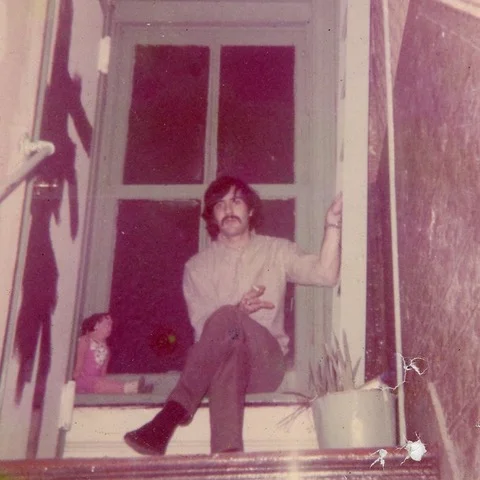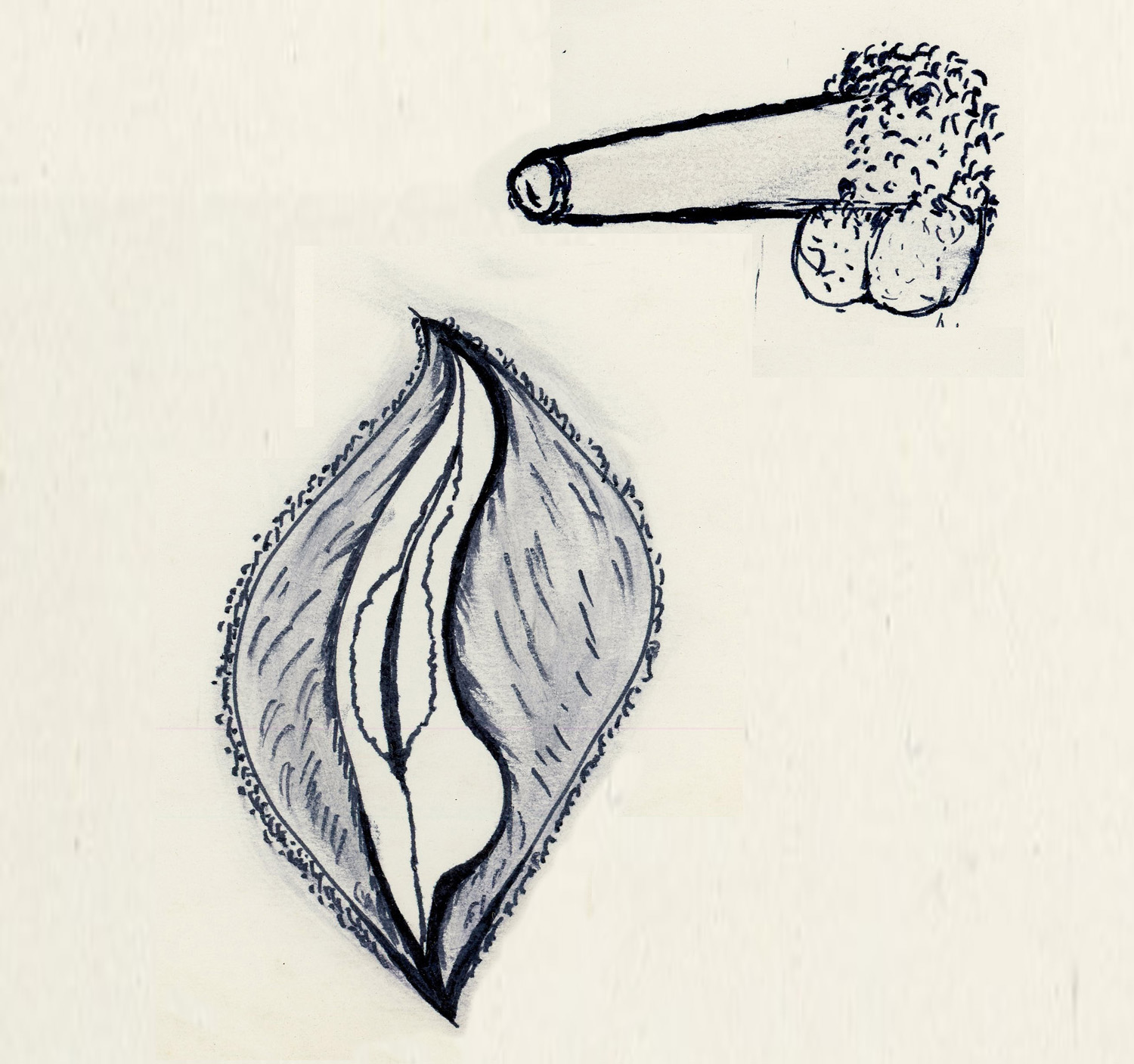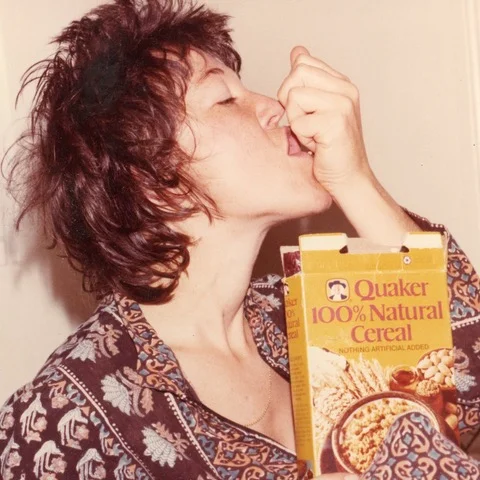SITE MAP
A day in the life of Bowery Bar owner Harry Mason, 1974. A portrait in words and pictures.
In the late 1960s and early 1970s, hundreds of young artists and would be bohemians passed though our loft at 98 Bowery.
Living at 98 Bowery from 1969 to 1973, Carla Dee Ellis (aka Carla Popcorn) created Pop Art paintings inspired by Andy Warhol’s style, subject matter and factory techniques.
In late 1960s Mike Shannon and poet Billy Collins shared a love of Lord Buckley, Charles Bukowski, and the Rolling Stones. Billy encouraged Mike to write and publish poems.
Mike Malloy's controversial exhibition at OK Harris Gallery in Soho in 1972 confronted gallery goers with the decision to either kill or free an ant.
The "Lives" exhibition organized by Jeffrey Deitch opened in November 1975 at the Fine Arts Building in New York. It marked the start of a brief period when the building was the center of an energetic art scene that helped rejuvenate the deserted neighborhood just south of Soho--the now fashionable Tribeca.
The introductory catalogue essay by Jeffrey Deitch for "Lives," a 1975 exhibition at the Fine Arts Building in New York.
From the moment I was exposed to Mike Malloy's brand of conceptual art, focusing on human psychology and incorporating the actions of people, I knew my own creative direction. My art was interactive and used photography and text. It took less than six months from my first attempts at making conceptual art, to my first one-person show in fall 1973 at OK Harris Gallery in Soho.
Early Works Conceptual Art by Marc H. Miller. "Write a Word" (1972) and other blackboard pieces. Word response pieces: "Men by Women" (1972); "Women by Men" (1972); "Modern Art" (1972). "What’s Your Greatest Fear" (1972). "Choose a Flower or Gun" (1972) and other prop pieces. "T-shirt" (1972); "Nixon Mask" (1972); "Nose and Glasses" (1972); "Rubber Lips."
A sampling from an extended series of drawings of penises and vaginas done by men and women from 1973 - 1975. A video showing college students making penises and vaginas out of clay and talking about their creations, 1974. A conceptual art project by Marc H. Miller.
People are photographed and respond to the question: What are you doing?, Washington D.C., 1975. Conceptual Art by Marc H. Miller.
The world’s first Punk Art exhibition at the Washington Project for the Arts, Washington DC, 1978, featured Punk Magazine, Alan Suicide, Miller Ringma & Hoppe, Marcia Resnick, Steven Kramer, Ruth Marten, Neke Carson, and others.
"Punk Art Exhibit" (1978); the catalogue of an exhibition curated by Marc H. Miller, Bettie Ringma and Alice Denney for the Washington Project for the Arts, Washington DC. This online version of the out-of-print catalogue includes excerpts from original interviews; new introductions; additional images; and select videos.
Paparazzi Self-Portraits by Miller & Ringma, 1975 - 1979. Two photographers step into the historical moment by taking pictures of themselves with celebrities and others of interest.
Photographs taken at CGBG from 1976-1979 showing Bettie with rock groups and personalities including the Ramones, Talking Heads, Patti Smith, Debbie Harry, Nancy Spungeon, and Richard Hell.
The Story of the painting Bettie & The Ramones autographed by the Ramones at CBGB, April 1978.
Senator George McGovern signs an unusual portrait painting in his office in Washington DC, October 13, 1978. Part of the Paparazzi Self-Portrait series by Miller Ringma & Hoppe.
Screw magazine publisher Al Goldstein signs an unusual portrait painting in a live public performance at the Robert Fridus Gallery in Soho, January 12, 1979.
Photographs and video capture the outspoken Congresswoman Bella Abzug in 1979 critiquing a portrait painting of her that is part of the Paparazzi Self-Portrait series by Miller Ringma & Hoppe.
From 1979-1981 artists Bettie Ringma and Marc Miller lived on a houseboat on the Prinsengracht opposite the Anne Frank House in Amsterdam, Netherlands.
The 1979 “American Punk Art” exhibition at Art Something in Amsterdam received full coverage in the newspaper Parool but was roundly criticized in the Museum Journaal, Artzien, and by the Dutch punks at Gallerie Anus.
From 1979-1980, Marc H. Miller and Bettie Ringma worked as street photographers selling instant Polaroid portraits in the bars and clubs of Amsterdam. Free film from Polaroid Corporation allowed for second shots and the development of the exhibition Amsterdam Privé.
… Since many of the people frequenting the bars of Amsterdam were Nieuwe Revu readers, the article made us instant celebrities. From that point on, when we made our photographic rounds strangers greeted us by name and often followed us from bar to bar. Our business increased dramatically.
Vietnam veterans draw their war experiences. Feelings connected with killing, watching friends die, off-base diversions and returning home after the war are revealed in these "projective drawings" collected by Bettie Ringma and Marc H. Miller in 1981.
Telephone Answering Machine Messages, 1982 – 1987. Individually each message is a record of a specific person and moment. Together they form something more -- a sound portrait of my life in the 1980's composed of the voices of the people who were in it.
Marc H. Miller's East Village Eye column spotlighted with images and humor the excesses of the East Village art scene. Who's the fastest artist... Keith Haring, Sri Chimoy or Morris Katz? On view in New York: the Prinzhorn Collection of certifiably crazy artists. Get your picture with the world's most expensive painting at Sotheby's Auction House.
ART/new york, a Video Magazine on Art. The early history of an innovative video series that featured contemporary art exhibitions in New York and artist interviews. Account covers the years 1981-1985.
The online version of the 1985 book ABC No Rio Dinero: The Story of A Lower East Side Art Gallery, a much cited source about the New York art scene of the 1980s.
Curator Marc H. Miller remembers his years at the Queens Museum, New York from 1985 - 1990. An album of photographs shows exhibitions by Laurie Anderson, Keith Haring, George Rhoads, Luis Cruz Azaceta, Tom Wesselman.
The complete catalogue for the exhibition Television's Impact on Contemporary Art at the Queens Museum, New York, 1986. Television's influence of painting, photography, and other traditional, static mediums from Pop Art to East Village Art.
An exhibition by Sandra Fabara (Lady Pink) at the Queens Museum, New York, 1990. Text from the catalogue recounts her rise from subway graffiti artist to working on canvas and exhibiting in galleries and museums.
The 1994 exhibition "Louis Armstrong: A Cultural Legacy" told Armstrong's life story by combining documentary photographs, ephemera, and memorabilia with fine art that more broadly expressed the spirit of jazz and the importance of African-American culture.
The exhibition "Hey! Ho! Let's Go! Ramones and the Birth of Punk" marks the 40th anniversary of the Ramones' debut album, and takes place near their hometown of Forest Hills, Queens.
The website 98 Bowery recounts a time when everyone in the East Village seemed to be an artist, and has inspired a number of real-world exhibitions and events.







































